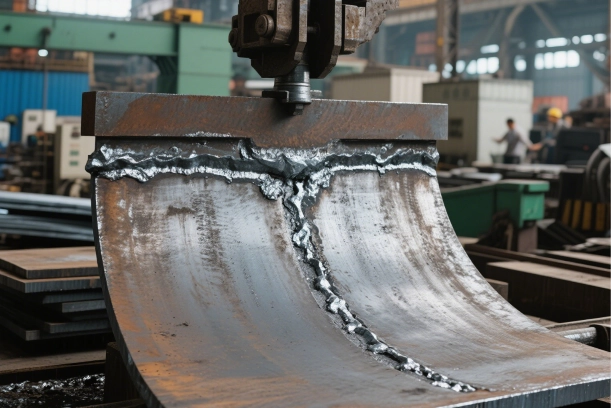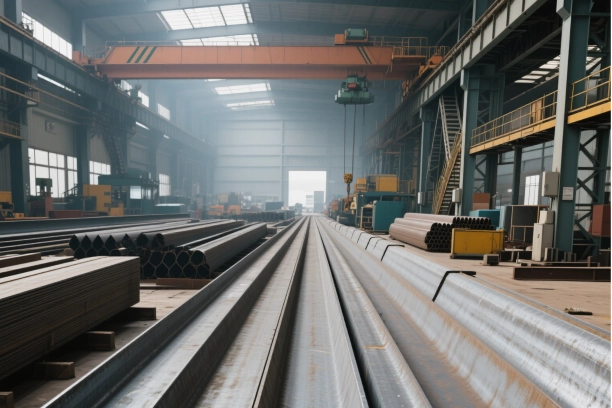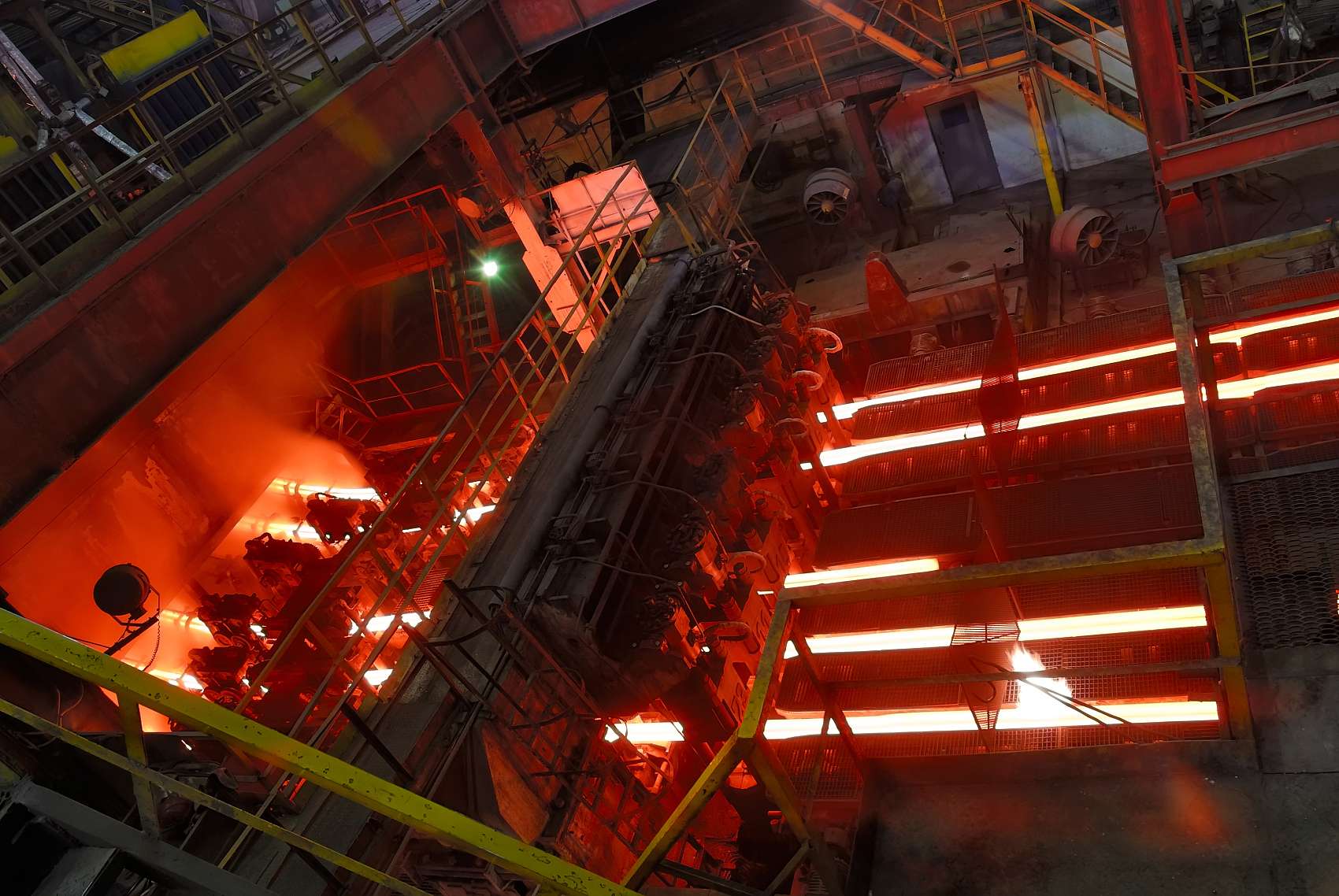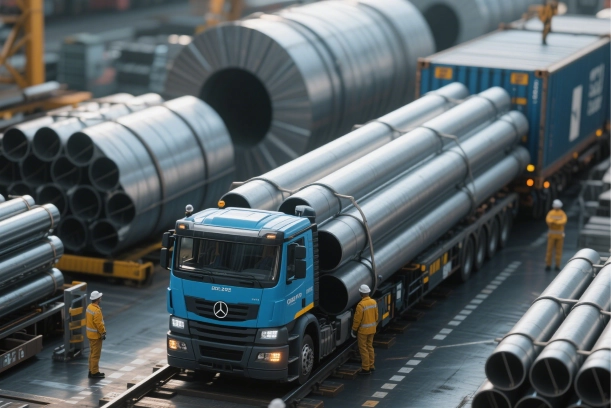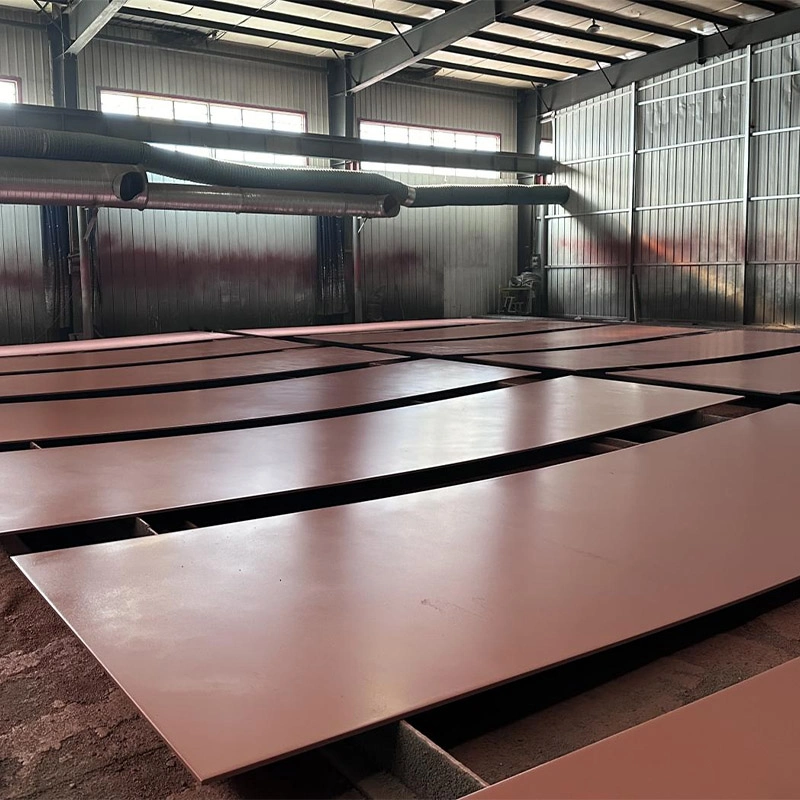Introduction
The car industry is always. Improving by using advanced metal shaping techniques to create lightweight and strong parts that are also intricate in design for vehicles today.Laser cutting well as blanketing and stamping are key processes, in forming sheet metal parts for cars.These methods help make production faster and more precise while meeting the standards needed for modern vehicles. Automotive sheet metal has different types for a car such as automotive roof panel, automotive fender panel etc. It is kind of important in car making. You can check the blog: What You Need to Know About Sheet Metal for Cars to know the importance of sheet metal for cars.
Laser Cutting
Technical Principle
Using laser cutting is a technique that involves focused laser beams to accurately cut through metal sheets with great precision and detail. It’s especially useful for crafting contour designs in different materials like strong steel and aluminum alloys. The laser beam works by melting, burning or vaporizing the material along a path without any direct contact allowing for the creation of detailed patterns and shapes, with ease.
Automotive Applications
Laser cutting plays a role in the automotive industry for making body panels and structural parts with complex shapes that are hard to achieve through traditional methods both, in quick prototyping and large scale manufacturing processes.
Advantages
Laser cutting has a benefit in that it doesn’t come into direct contact with the material being cut and thus helps prevent deformation—an important feature for working with high strength steel and aluminum alloys commonly found in today’s car designs. Moreover, laser cutting is efficient in terms of speed and results, in less material waste, which ultimately saves money in the manufacturing process.
Blanking
Technical Principle
Cutting entails isolating a shape or blank from a metal sheet through the use of stamping dies. This step sets the foundation for shaping procedures by delivering properly shaped blanks that match the design requirements. The accuracy of cutting guarantees quality, throughout the manufacturing runs.
Automotive Applications
Blank production plays a role in manufacturing key automotive parts, like car doors and hoods by creating blanks that have precise measurements and seamless edges to guarantee that these components adhere to the strict safety and visual criteria expected in the automotive sector.
Key Parameters
The efficiency and effectiveness of blanking are influenced by factors.
- Material Utilization Rate:Optimizing material usage reduces waste and lowers production costs.
- Edge Quality:High-quality edges prevent cracks or defects during subsequent forming processes.
- Die Life Optimization:Prolonging die life through proper maintenance and advanced materials enhances productivity while minimizing downtime.
Stamping
Technical Principle
Stamping changes sheet metal into 3D forms by using specialized dies and presses to apply controlled pressure, on raw materials without affecting their structural integrity.
Automotive Applications
Stamping play a role in the mass production of vehicles within the automotive sector serving as a key method for manufacturing chassis parts and body panels that ensures both quality and quantity consistency across the board The flexibility of stamping enables manufacturers to craft components with different thicknesses and intricate designs offering a wide range of options, for production needs.
Innovation Trend
In the developments of stamp technology, there is a trend towards incorporating Computer Aided Engineering (CAE) simulations in die design and analyzing material flow. These simulations help enhance the stamping process by identifying problems, like material thinning or wrinkling even before production starts. By using CAE tools companies can shorten the development period enhance product quality and cut down on costs linked to trial and error methods.
These metal shaping methods. Laser cutting, blanking and stamping. Are crucial, in crafting sheet metal parts for cars today. By using all these techniques we ensure that modern vehicles meet performance requirements and adhere to strict safety rules. As technology progresses these methods will probably become more effective and accurate transforming the automotive manufacturing industry even more.
Press Hardening
Technical Principle
The hot stamp steel process is a game changer in the automotive steel sector where a steel plate undergoes heating to its state at elevated temperatures before being quickly stamped and quench hardened within a mold for superior durability and deformation resistance it provides in creating ultra-strong parts efficiently through a single heating and shaping step which boosts productivity and effectiveness, in manufacturing processes.
Automotive Applications
Press hardening is vital in creating safety vehicle components such as A pillars and bumper beams that are crucial for ensuring structural integrity in accidents, like collisions by producing ultra high strength parts to absorb impact energy effectively and safeguard passengers well being.
Advantages
Press hardening offers a benefit in balancing lightweight design with exceptional strength—an appealing feature for contemporary automotive designs prioritizing weight reduction while upholding safety standards intact. Moreover, this method proves effective for molding aluminum and magnesium alloys—key materials, in the construction of lightweight vehicles. Furthermore, it provides manufacturers with the ability to finely tune material properties to meet demanding performance criteria.
Digital Sheet Forming (DSF)
Technical Principle
DSF technology is changing the game in metal shaping with its approach called Digital Sheet Forming (DSF). Unlike the techniques that depend on molds or dies DSF uses moldless incremental forming methods instead. By utilizing controlled ceramic tools that follow preset instructions to shape the material point by point DSF offers a versatile and cost efficient solution for small scale customization projects due, to its mold free nature.
Automotive Applications
DSF is especially beneficial in the sector for crafting prototypes and designing customized exhaust systems efficiently and cost-effectively. It enables manufacturers to produce shapes without the need for pricey equipment when creating prototypes while also guaranteeing precise fitment and performance enhancements, for tailor-made exhaust systems suited to individual vehicle models.
Advantages
DSF has an advantage in cutting down mold expenses completely which is a big plus for those looking to save on initial costs especially for small production runs.It can handle aluminum plates up to 2mm steel plates up to 2mm thick allowing for flexibility in materials used in making automotive parts.Another benefit is the reduction of wastage, by using the right amount of material needed for each part.
Introduction of Promispecial®: Leader of the Steel Industry
Promispecial® has become a figure in the sheet metal for cars through consistent innovation and responsiveness to market needs. The company’s proficiency extends to metal shaping methods such as press hardening digital sheet forming that play a vital role, in contemporary automotive production processes.
Promispecial® prioritizes quality and innovation to guarantee that their merchandise complies with the industry standards while tackling critical issues like making vehicles lighter and more sustainable in design.They assist car manufacturers in reaching their targets for performance,reliability and effectiveness by utilizing state of the art technologies and expertise, in materials science. So cooperation with Promispecial® is very worthy, you can contact us any moment.
Promispecial® stays ahead in steel innovations through its commitment to research and development efforts. Leading the way in sheet metal for cars globally with top notch standards, for excellence.
FAQ
Q: Why is stamping widely used in automotive manufacturing?
A: Stamping proves to be an speedy method that works well for large scale production tasks by guaranteeing accuracy and consistency while also enabling the easy creation of intricate shapes.
Q: What are the advantages of deep drawing in automotive applications?
A: Deep drawing enables the creation of durable parts with precise dimensions and is often employed in crafting fuel tanks as well, as body panels and enclosures.

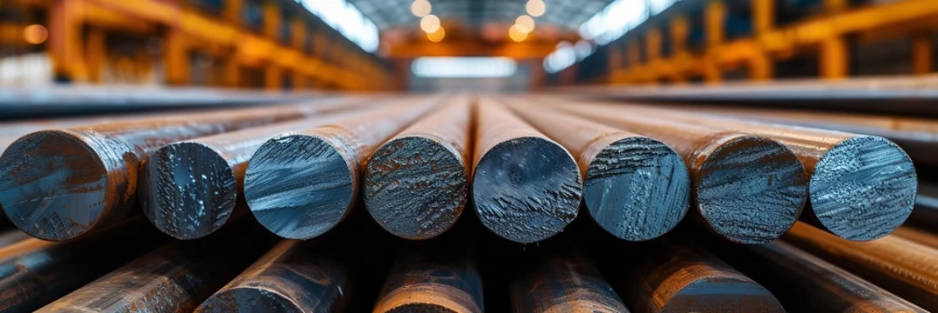
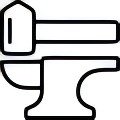
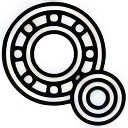

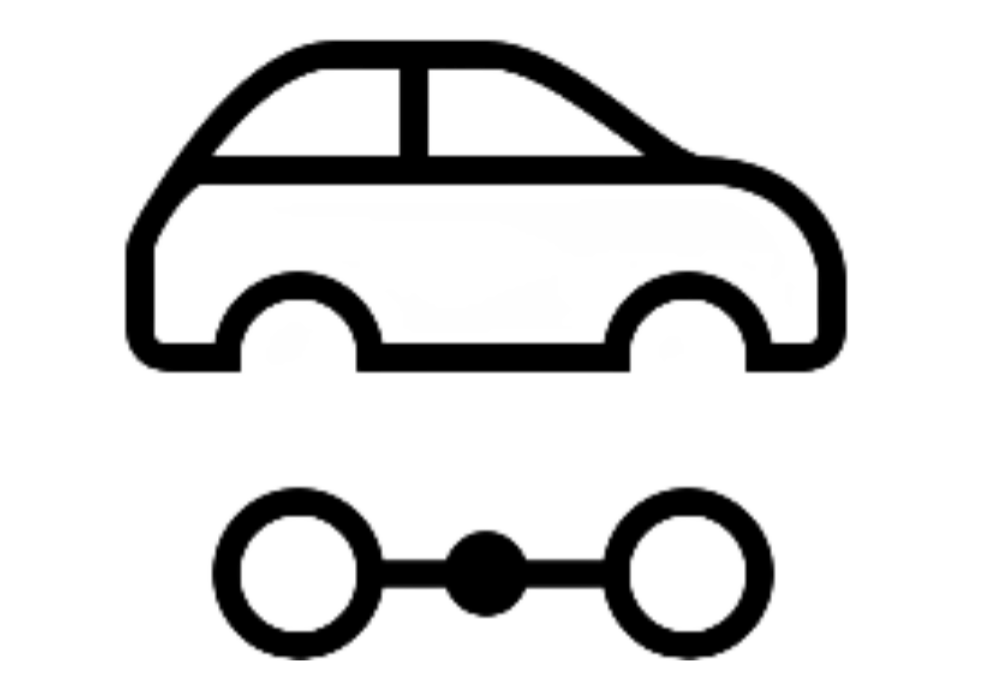
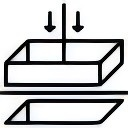


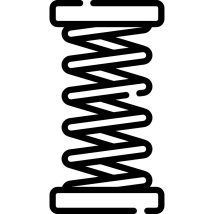



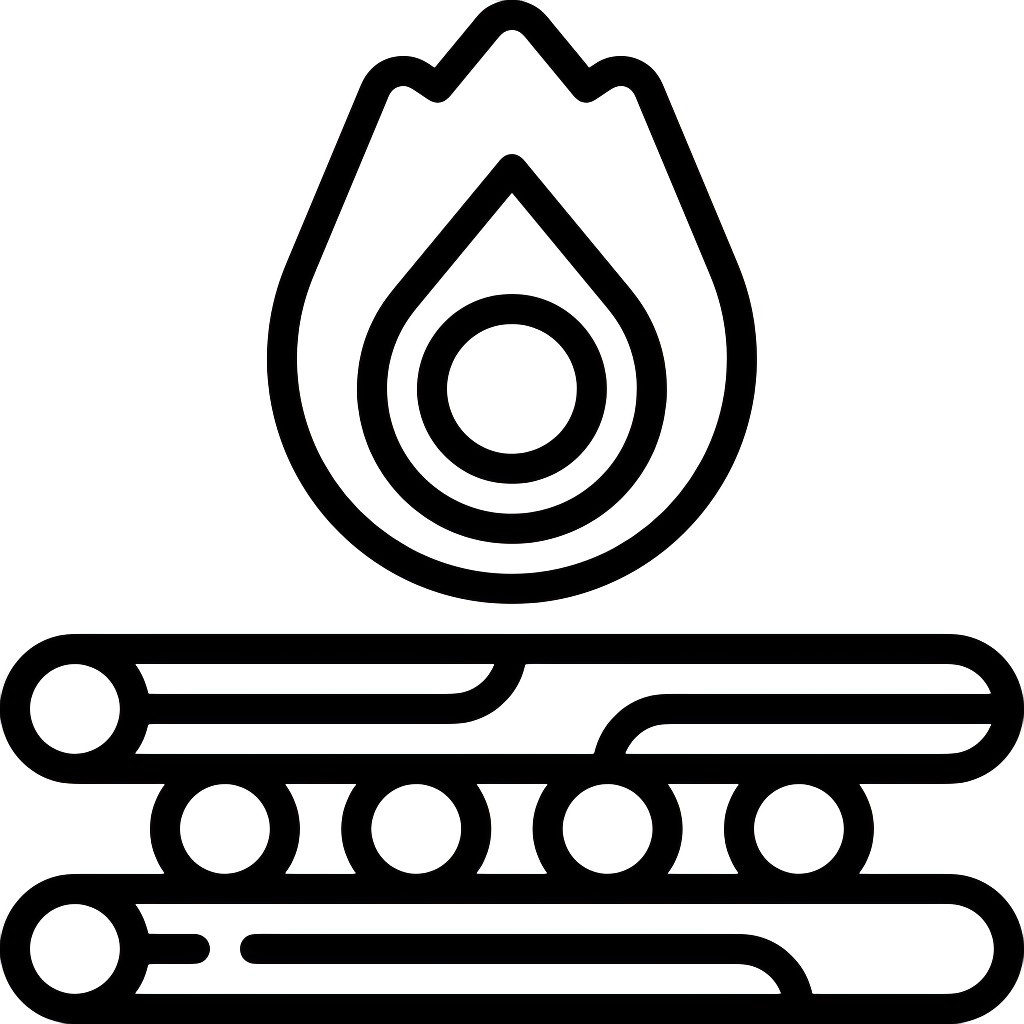

.webp)
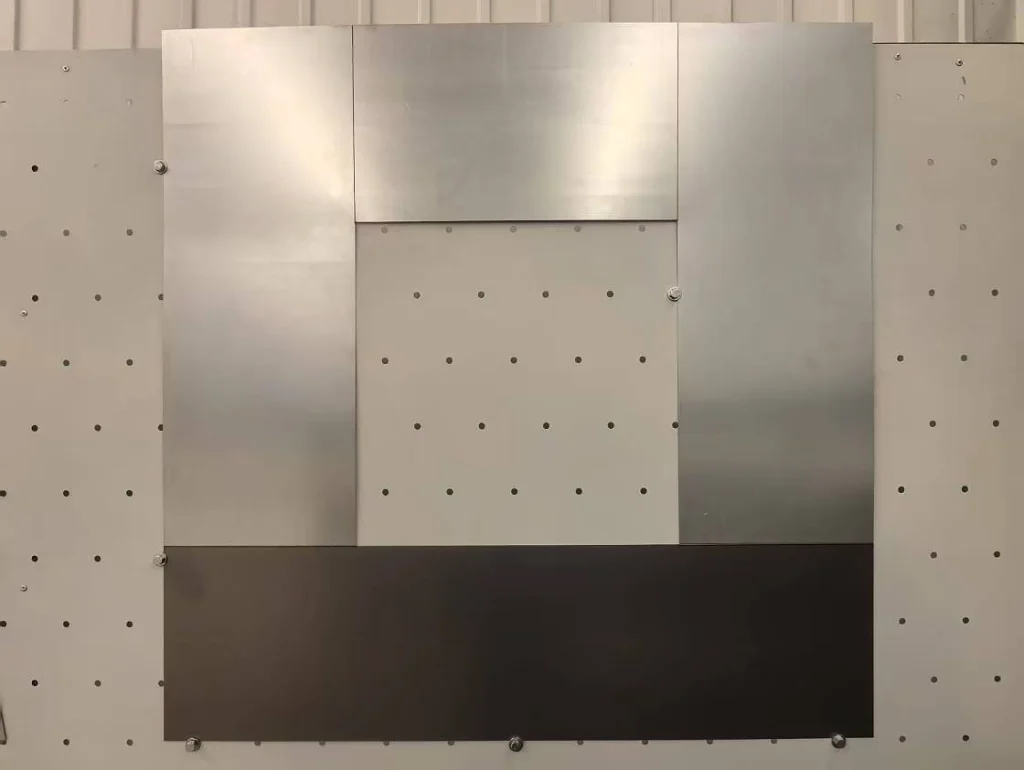
.webp)
